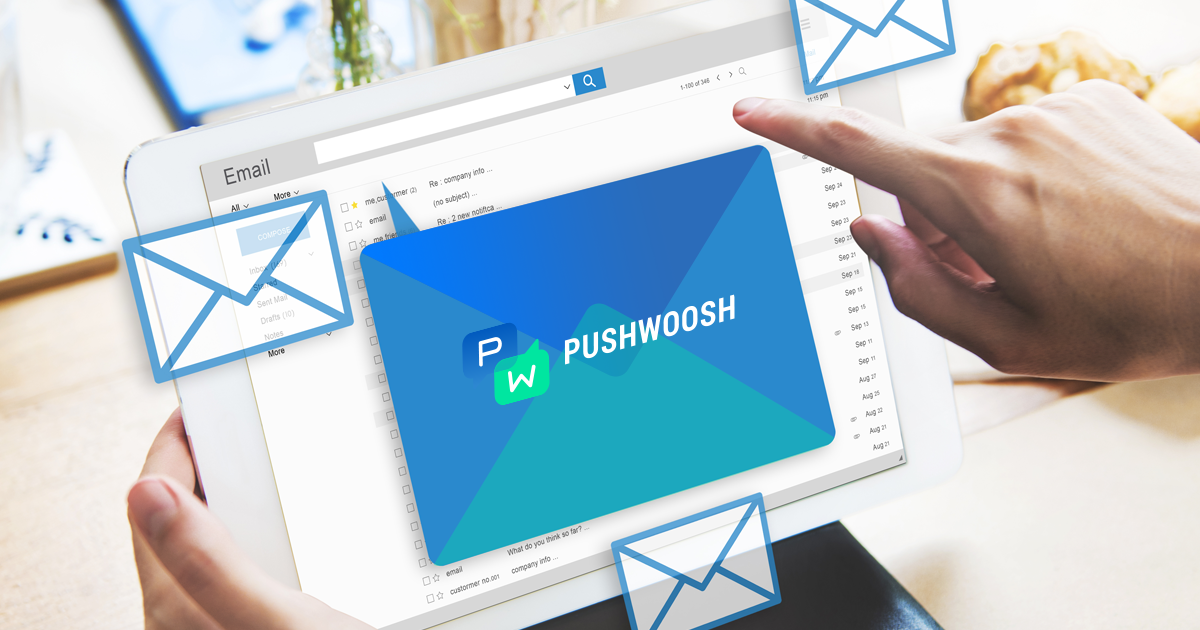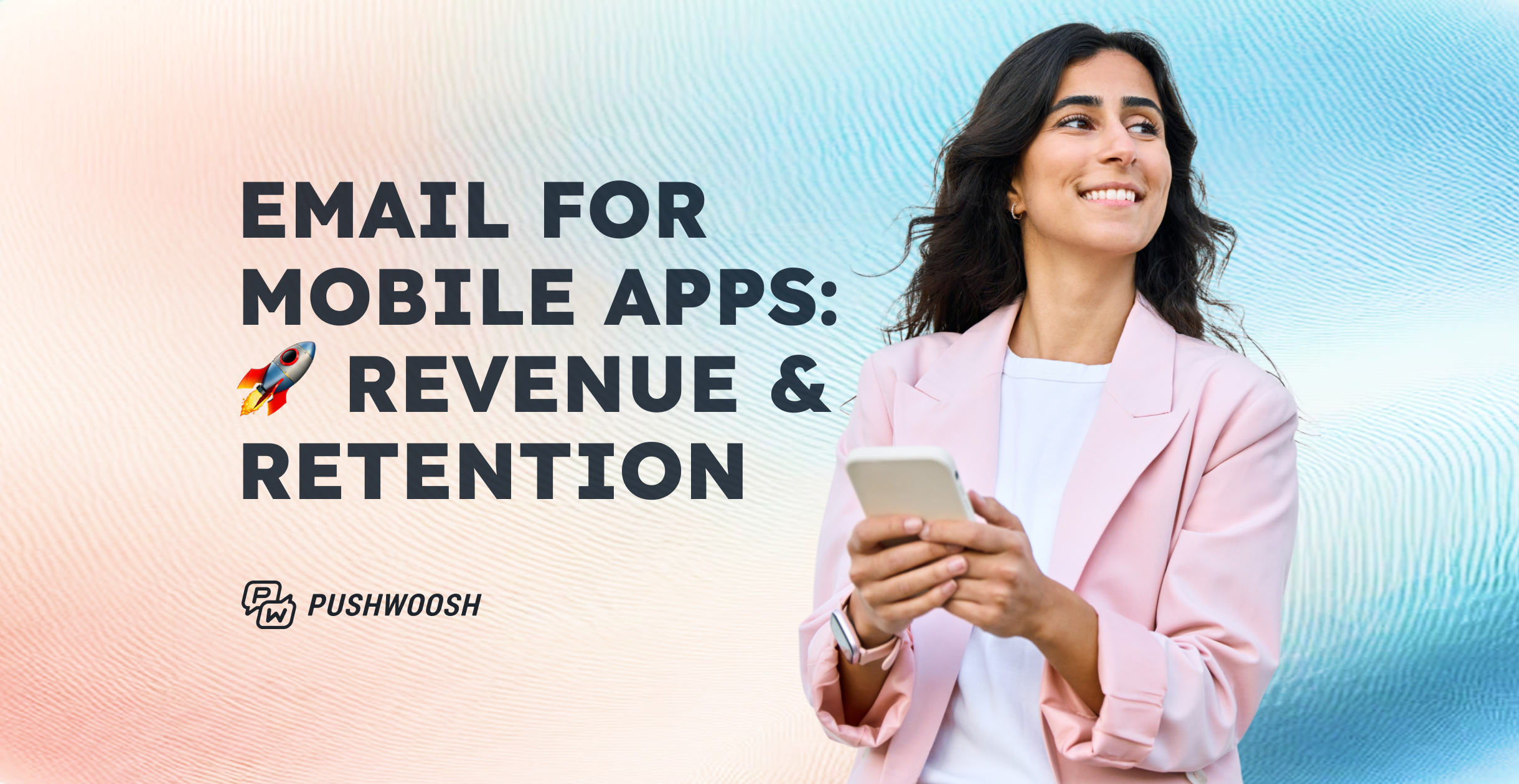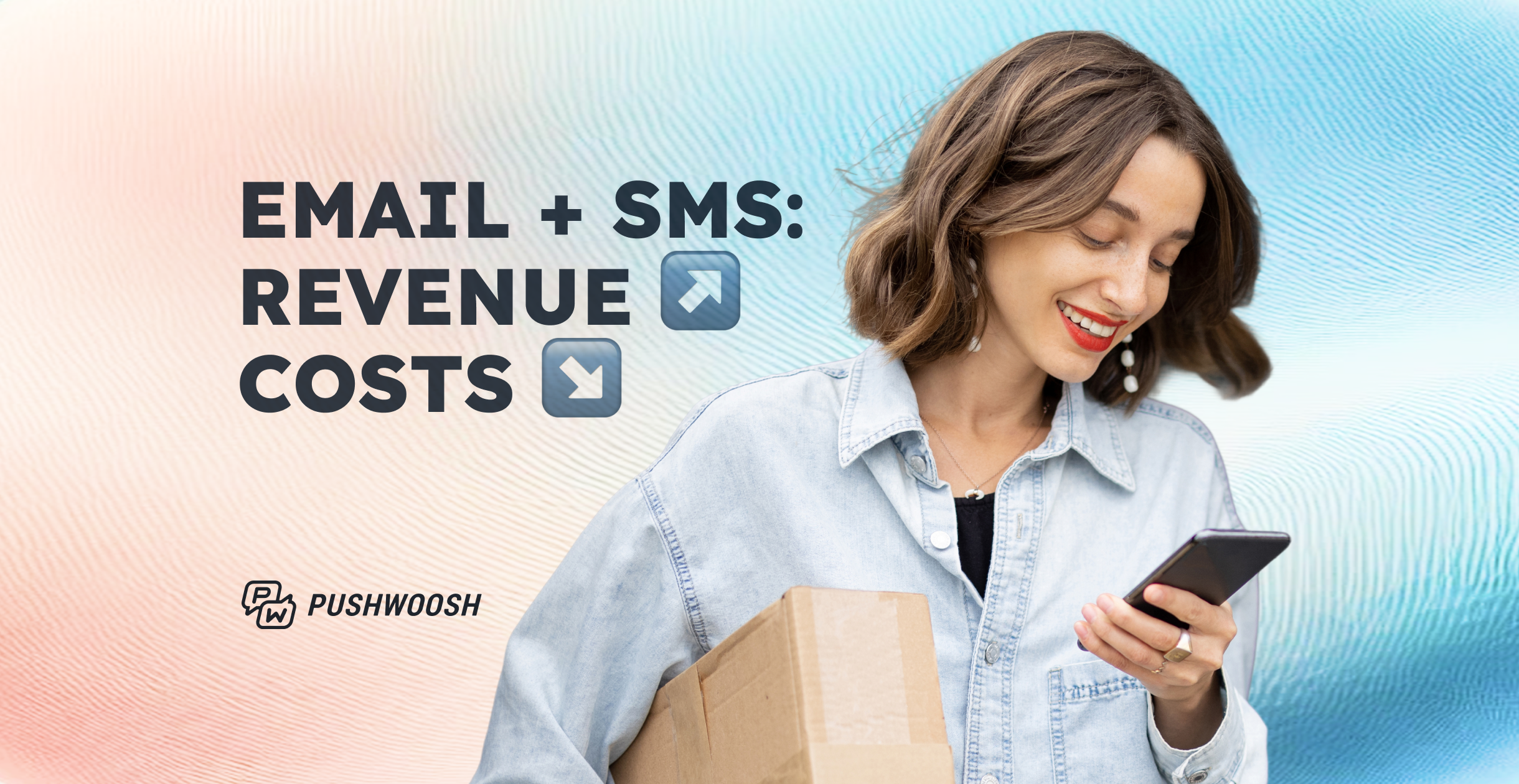Benefits of Email Marketing
Customer communication via email has both advantages and disadvantages. Sometimes this channel works best for your business goals, sometimes it’s better to use something else. Is email marketing the best choice for you? Let’s find out.
The advantages of using emails
- Consumers prefer communicating with brands via emails
A study by Adobe revealed that 50% of users still prefer to communicate with brands by email. It is the most preferred channel, beating out direct mail (20%) and social media (7%).
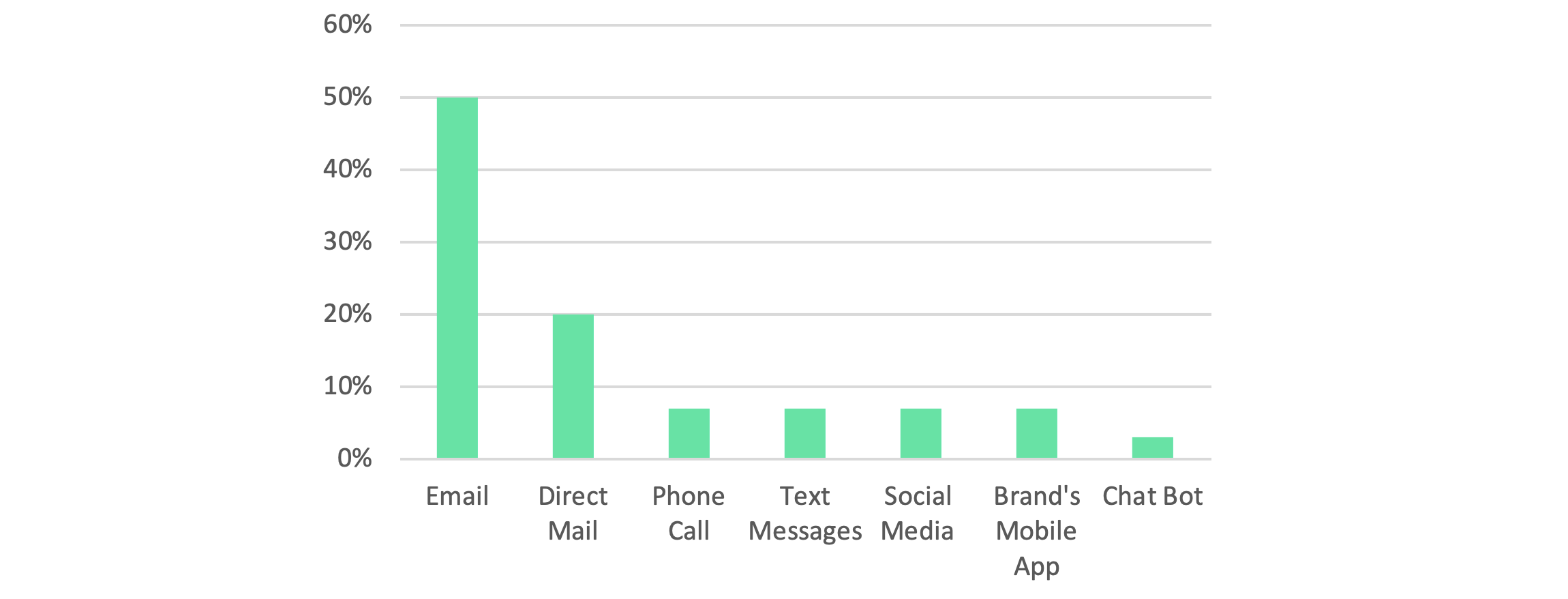
It seems customers prefer emails because it’s a safe move - they know they can make choices, such as how often they receive messages, and they know it’s easy to unsubscribe if they don’t want these emails anymore.
- People check their inboxes every day, spending at least 2.5 hours on it
The same research also found that consumers are checking personal email for an average of 2.5 hours on a typical weekday. On top of that, they’re spending an average of 3.1 hours checking work email.
All this time means people have integrated email into nearly every part of the day. 90% of respondents check personal email during work. 85% check it before they get to work, and nearly 25% take a look before they even get out of bed in the morning. People even check personal email while watching TV (60%), using the bathroom (40%), talking on the phone (35%), working out (16%), and even driving (14%). These numbers mean there’s a high chance your message will be seen.
- Countless opportunities for personalization
Personalize the content you deliver to your customers based on their behavior in your app and on your site, their personal info, their stages in your sales funnel & more!
Aligning your email marketing campaigns with a customer journey allows achieving an impressive boost in open rates, conversions, and sales because it makes your content way more relevant and personal.
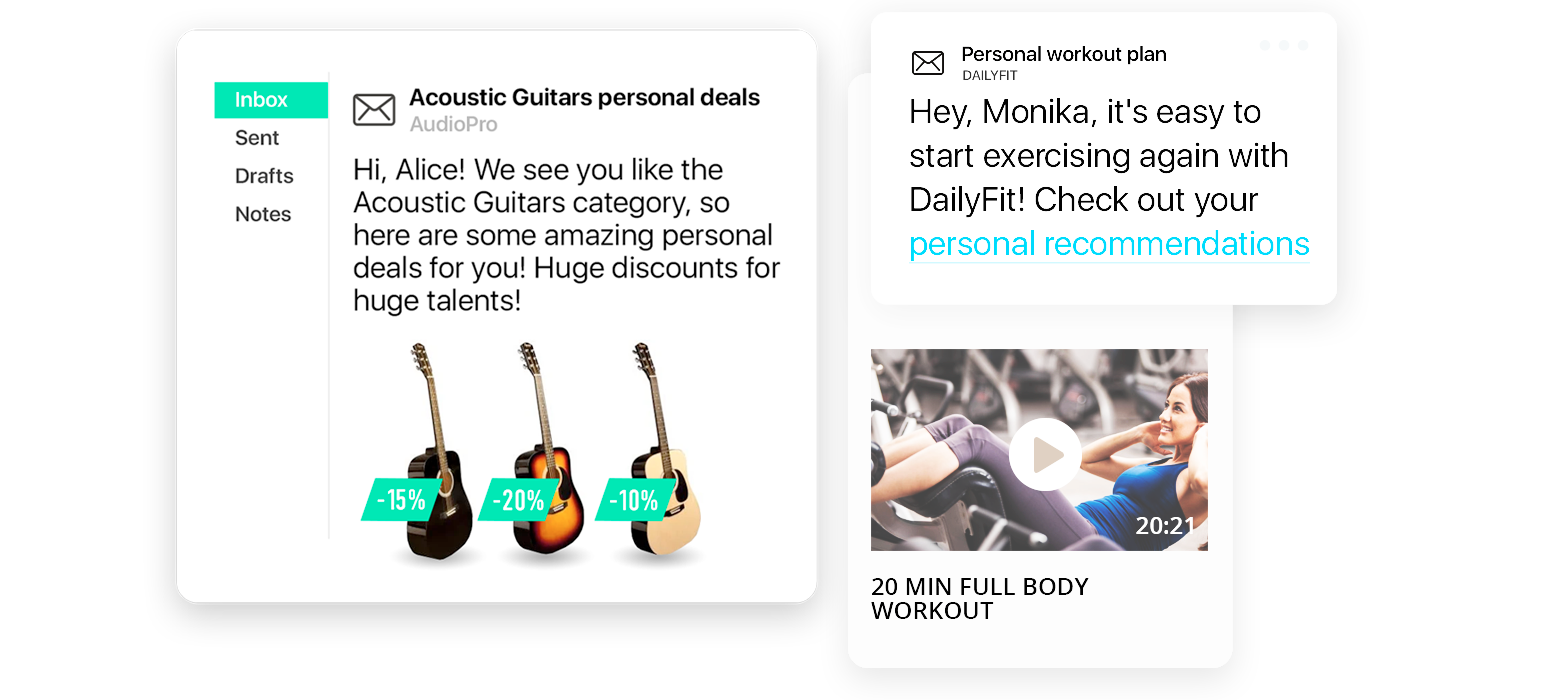
With the help of Pushwoosh Segmentation, you can give tags to your users and deliver personalized content to every single one of them. Choose the segmentation criteria based on your business goals and reach them much faster!
- Delivery automation
Automated emails save marketers a whole lot of time and effort! Besides, they have a bunch of serious advantages and allow reaching your users with relevant messages at high-impact moments. Triggered messages are:
- timely (your messages are delivered at high-impact moments, as soon as a certain event occurs)
- highly relevant, always to the point
- personalized (your communications are aligned to every user’s customer journey)
Pushwoosh allows setting one or more events to trigger messages. Add **conditions** to specify event ****attributes****. For each trigger event, you can add several attributes.
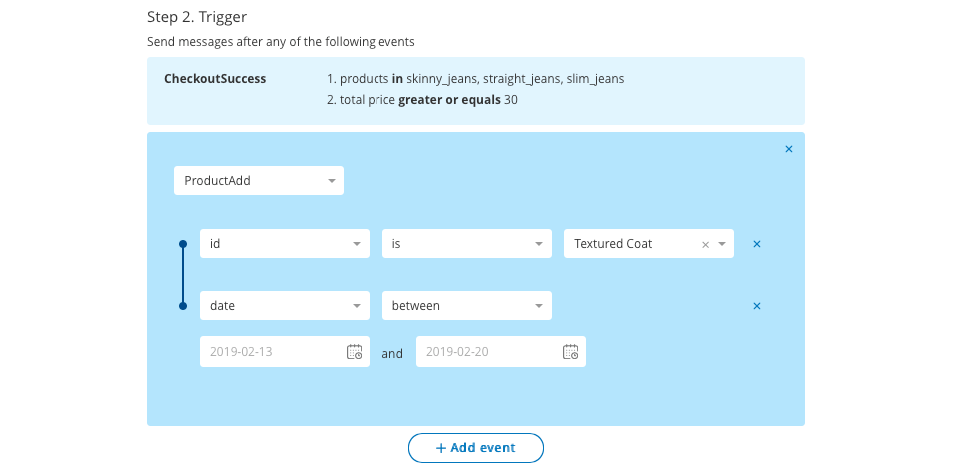
Choose a preset** to be sent after a trigger event and set up the delay between event occurrence and message sending. For example, if you set the wait for** the property to 1HH 0mm, the message will be sent one hour after the trigger event takes place.
Easy and highly effective!
NOTE: Triggered Messages have been improved and transformed into Customer Journey - a better visual tool for planning automated communications. Learn more.
The issues that may occur with emails
- Spam
Sometimes your emails can get into the Spam tab of your users’ inboxes. Such emails are less likely to be seen (very few people check the Spam tab), which means lower open rates, fewer clicks, and conversions. Different email clients have their own ways of differentiating spam messages from all the rest, so it’s often hard to know what can cause your letter to get marked as spam. However, in most cases, it’s certain keywords that cause the problems (such as FREE, CLICK HERE, etc).
- Undelivered emails
Bounces are another issue you can encounter when dealing with emails. Determining the reason why an email you’ve sent does not get delivered can be difficult. A **hard bounce** means an email has been returned by the recipient’s mail server as permanently undeliverable. This can be caused by invalid addresses (the domain name doesn’t exist, typos, changed addresses, etc.). A **soft bounce** is an email that gets as far as the recipient’s mail server (it recognizes the address) but is bounced back undelivered before it gets to the recipient. A soft bounce might occur because the recipient’s mailbox is full, the server is down or swamped with messages, or the message is too large.
Combining emails with other channels
All of the issues listed above can be easily solved by including other communication channels in your marketing strategy. In the modern world customers live online. We have multiple devices, use numerous apps and visit dozens of websites every single day. Push notifications, emails, and social media are parts of our everyday routine. Each online activity is an entry point to start a conversation.
Emails have lots of undeniable advantages, but combining them with push notifications can multiply your revenue.
One of the most effective combos Pushwoosh customers love to use is Emails + Push Notifications. It allows you to reachthe users who ignored emails via pushes and increase conversions. These messages can also be automated and personalized, so you can be sure they are always timely and relevant.
Push notifications can not be marked as spam, and they are much harder to ignore because they pop up on users’ screens, drawing their attention. Besides, you can be sure there won’t be any delivery issues like the ones that can occur with emails.
To summarize: If you want your communications to be relevant and personalized, using emails is one of the most effective ways to achieve that. However, emails have some disadvantages that can be eliminated with the help of other channels.
Request a free demo to see how you can launch effective customer communications with Pushwoosh Emails and other messaging channels:
Or explore Pushwoosh’s solution for scheduled and behavior-triggered email sending by yourself:
